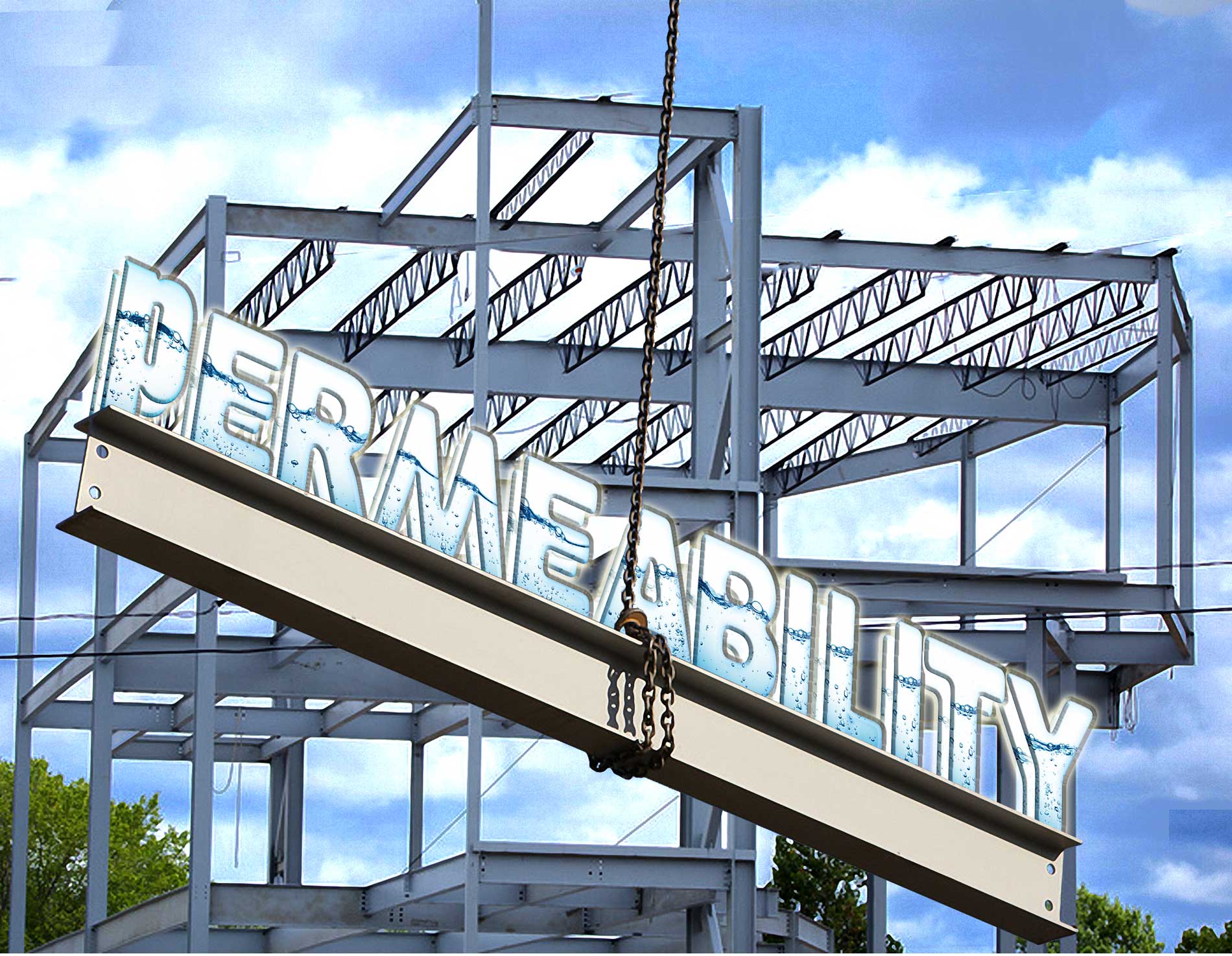
Water vapour permeability problems with barriers, coatings and claddings
When water gets into constructional steel structures it causes damage, corrosion, weakness and eventual failure. Keeping liquid water out is relatively easy with a simple barrier – but just about impossible with water vapour as in this state it can permeate through any material. Worse still, once through it condenses and is trapped there as a liquid.
There is no perfect solution – but with the right equipment you can usually optimise coatings, claddings and other materials to suit the lifespan of the structure – albeit a bridge tunnel, dam, skyscraper or simple building. And that’s where Versaperm comes in with its Water Vapour Permeability Meter (WVTR).
Part of the problem with vapour permeability is that it is not just affected by the materials and environment, but also by the way coatings, barriers and cladding are manufactured and applied. These processes can easily increase flow of vapour by a factor of four.
The latest Versaperm vapour permeability measurement system measures this to an accuracy in the Parts Per Million (PPM) to PPB range. This is particularly important for both new product development and quality control. It can measure the permeability of anything from a cladding through to a film, laminate or coating.
Traditionally, measuring vapour permeability has been very expensive and could take several weeks, but with the latest product range from Versaperm it can now be done in as little as thirty minutes for some products and vapours, at the same time as producing increasingly more accurate measurements.
In some cases, such as bridges, tunnels and oil platforms, hydrocarbon permeability can also be an issue and this (or virtually any other vapour) can optionally be determined with the same Versaperm equipment.
Versaperm is a world-technology leader and offers, as well as the equipment, a fast turn-around laboratory-based vapour permeability measurement service and a technical consultancy.



